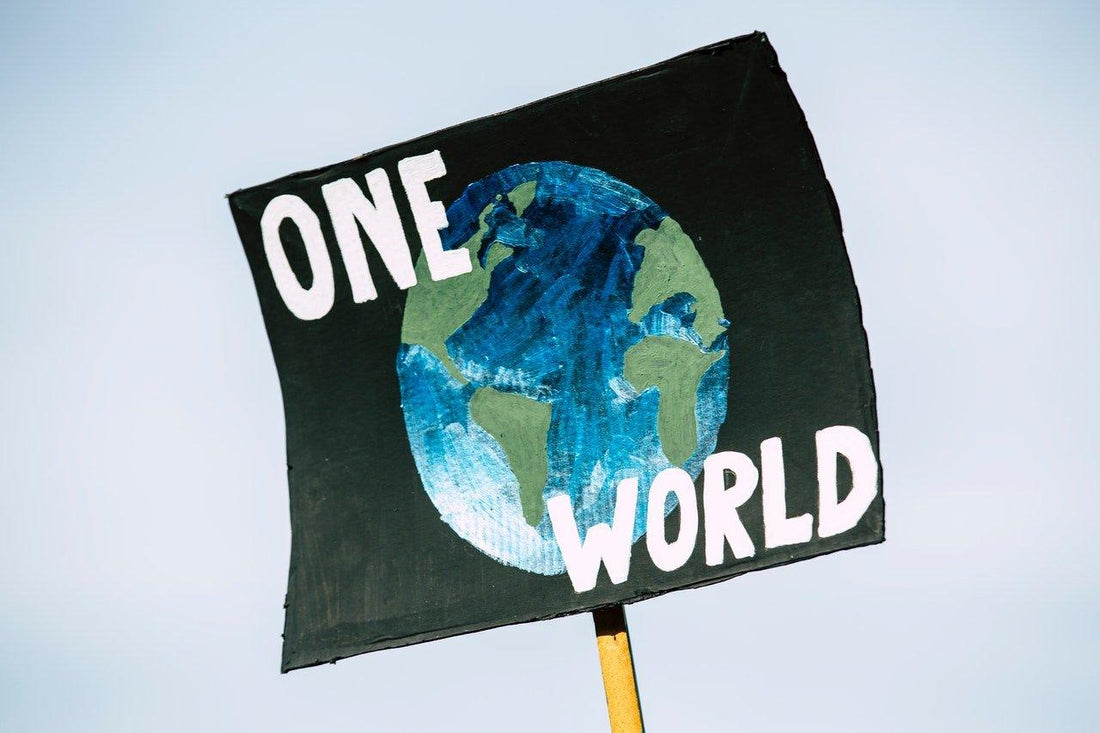
Bamboo And The Fight Against Climate Change
Share
We Need To Change Our Habits
As a species we have made amazing things happen. From the creation of fire - to the invention of the wheel, from the world wide web - to space travel. But there is one area we are seriously lacking in; taking care of our home.
Lets Start Using Sustainable Materials
This has happened over generations and is leading to catastrophic consequences. Sea levels and global temperatures are rising, living conditions and bio-diversity are declining. Our world is in peril and the time for change is now.
The only thing that we can do about it, is change the way we do things.
At Vearthy, we want to use highly sustainable materials and environmentally conscious practices, to build high quality essential goods. We plan to do this by utilizing Bamboo.

Why Bamboo?
Although we often think of bamboo as a tree, it can actually be found in the same family as grass.
There are almost 1500 different species of bamboo and because of this wide variety, Bamboo can be used for many different purposes. Some types are great for use in construction, some can be eaten, some can be spun into fabric and some can be crushed up and fermented into beer!
Bamboo also has serious carbon catching abilities. With its vast root network, it is able to capture more carbon than trees and releases 30% more oxygen into the air.
Another benefit to its vast root network is that Bamboo doesn't need to be replanted once its been harvested. It can actually grow up to 3ft per day, so it is extremely sustainable to farm.
Bamboo is naturally pest resistant as well, so you do not need to use any chemicals to help it grow.
We can't say enough good things about Bamboo. It's strong and durable, which makes it great as a material. Coupled with its ability to be rapidly and sustainably produced and its ability to produce a large amount of oxygen, it's a great alternative for many other resource consuming materials.

Reasons to consider bamboo over other materials
Cotton
“The water consumed to grow India’s cotton exports in 2013 would be enough to supply 85% of the country’s 1.24 billion people with 100 litres of water every day for a year. Meanwhile, more than 100 million people in India do not have access to safe water.”
- The Guardian, 20 March 2015
Bamboo uses 1/3 of the amount of water to produce than cotton.
Bamboo is stronger than cotton and will last longer.
Bamboo fabric is much softer than even high thread count cotton.
Bamboo is 40% more absorbent than even the finest organic cotton, wicking moisture away from the skin much faster and keeping you dry and comfortable.
90% of all cotton crops are genetically modified.
The cotton industry is responsible for 18% of the worldwide use of pesticides and areas that farm cotton see higher levels of contaminated rainwater.
Polyester:
“Researchers at the University of California at Santa Barbara found that, on average, synthetic fleece jackets release 1.7 grams of microfibers each wash.”
- The Guardian, 27 September 2016
Found in 60% of all garments and is 100% plastic.
70 million oil barrels are used every year to make polyester.
It can take 200 years for polyester to decompose.
About 35% of the microplastics present in the ocean come from synthetic textiles.
It has been estimated that around half a million tons of plastic microfibers are shed into the oceans annually during the washing of plastic-based textiles such as polyester, nylon, or acrylic.
Wood:
“When forests are cleared, they emit carbon dioxide. 11% of global greenhouse gas emissions caused by humans can be blamed on deforestation — equivalent to the emissions from all the cars and trucks on Earth.”- Conservation International, 06 September 2020
Throughout the world, about 900 million trees are cut down annually. This equates to about 2.47 million trees cut down every day.
Unsustainable harvesting practices devastate land and destroy complex eco-systems.
It takes timber 30 years to reach maturity where it takes Bamboo 3-5 years.
Lets start living more naturally.
Lets start using the resources we have readily available to us.

